Financial Executive magazine & Business Week Online – The Eight Golden Rules of Alliances
Financial Executive magazine & Business Week Online – February 2004
“The Eight Golden Rules of Alliances” by Larraine Segil
Because today’s attractive rates of internal growth are hard to sustain, and fluctuating share prices make acquisition valuations a challenge, savvy companies are increasingly turning to strategic alliances for competitive advantage. Despite the proliferation of strategic alliances, one alarming fact remains true: most business alliances fail. Research at Vantage Partners found that 60% of alliances fail halfway through the expected lifetime of the alliance.
“There are steps companies can and should take to increase the likelihood of alliance success,” says Larraine Segil, a partner at Vantage Partners and an alliance expert. Segil offers these Eight Golden Rules of Alliances.
Rule #1: The first partner is not always the best partner. Even if you are approached by a partner who appears to be appropriate, move from reactive to proactive mode. Perform due diligence on the strategic fit of this and other potential candidates, and create an alliance implementation strategy. Too often, alliances are created without equal thought being given to both strategic purpose and ultimate implementation. Execution of alliance intent is far more difficult than the deal making, partner identification, and wooing that precedes deal closure.
Rule #2: Always consider the partners of your partner. When evaluating alliance opportunities, savvy organizations strive to build a network of partners rather than bilateral relationships. Every partner an organization brings in has its own interlocking relationships with other partners, stakeholders, and players in the value chain. Creating a successful network of partners requires the disciplined approach of ranking each network member for risk and value, allocating appropriate resources to manage the risks, and leveraging the value derived from integrated relationships.
Rule #3: Be sure that there is an executive sponsor in both your organization and in your partner’s. Identification of the executive sponsor emphasizes that the alliance concept is not just the idea of one visionary manager, but resulted from the collaborative ideas of others within the partner organization. This prevents the alliance from becoming dependent on the personality of a single champion within either organization. Executive sponsors must be kept informed of alliance activities (good and bad) and pulled into the discussion only when needed to show priority for the alliance relationship, or to emphasize corporate commitment and resource allocation.
Rule #4: Analyze the priority of the alliance for yourself and your partner. Partnering companies must take into account what we call the Project Personality Type – which is the level of priority for the alliance. The alliance will require active management of resource allocation and conflict resolution if organizations assign different levels of importance to the project. An alliance that is of fundamental–perhaps even survival–importance to one company may be just a sideshow to the other. This will affect the resources–staff, money, and time– committed to the project.
Rule #5: Create an alliance implementation plan that has legs. A critical phase in creating the alliance implementation and operating plan is scenario building in which the partners participate in simulations of what-ifs that could happen during the partnership. The importance of the scenario building process is that it is risk-free, since none of the scenario conditions and events have happened yet.
Rule #6: Identify the leadership characteristics that alliance team leaders must have. Nothing will ruin a good alliance faster than a lack of leadership. If you have the wrong person at the helm, you will have challenges. In researching and writing the book, ‘Dynamic Leader, Adaptive Organizations: Ten Essential Traits for Managers’, Segil identified the ten personal and organizational characteristics that drive alliance success: fearlessness, completion, commitment, inspiration, assuredness, penetration, intelligence, energy, integrity, and being in the customer’s head.
Rule #7: Create metrics that take into account the different stakeholders who are interested in them. All stakeholder group — traditional and not — can be clearly identified by conducting a stakeholder analysis. Stakeholders include each partner organization, the senior management of each partner, the alliance function itself as well as the other alliance managers, the other functions in each partner (such as Legal, Finance Marketing etc), and external stakeholders, such as like analysts, competitors and the market as a whole. Stakeholder analysis will help you determine which entities could sabotage or benefit the alliance as well as those who might be tracking its results. You will then be able to create and implement a plan to leverage or diffuse, report to or manage these people as required.
Rule # 8: Manage Compatibility Challenges. Partnering organizations often have differences in corporate culture or lifecycle stages. More often they are in differing stages of growth–some in high growth, others in decline. While managing these corporate differences is a significant challenge, it is possible to anticipate organizational and managerial behavior by tracking the lifecycle stages of each partner. This anticipatory knowledge gives all partners the opportunity to allocate resources and manage cultural differences without rancor. Realizing that different managerial personalities tend to thrive or struggle in different lifecycle stages also enables appropriate team selection in order to implement the alliance over time by changing team members and personalities to fit the circumstances. Cultural issues in cross-border alliances add another dimension of complexity which requires managers with multi-cultural management skills.
Larraine D. Segil, is a Partner at Vantage Partners, a consulting firm with expertise in building corporate relationship management capabilities. She is the author of “Measuring the Value of Partnering – How to use metrics to plan, develop and implement successful alliances,” “Intelligent Business Alliances;” “Fast Alliances.com: Power your E-Business;” “Dynamic Leader, Adaptive Organization: Ten Essential Traits for Managers;” and “Partnering – The New Face of Leadership.”
She can be reached directly at (310) 556-1778 or via email at lsegil@vantagepartners.com.
Media contact:
Cindy Kazan (414) 352-3535; cindy@communik-pr.com

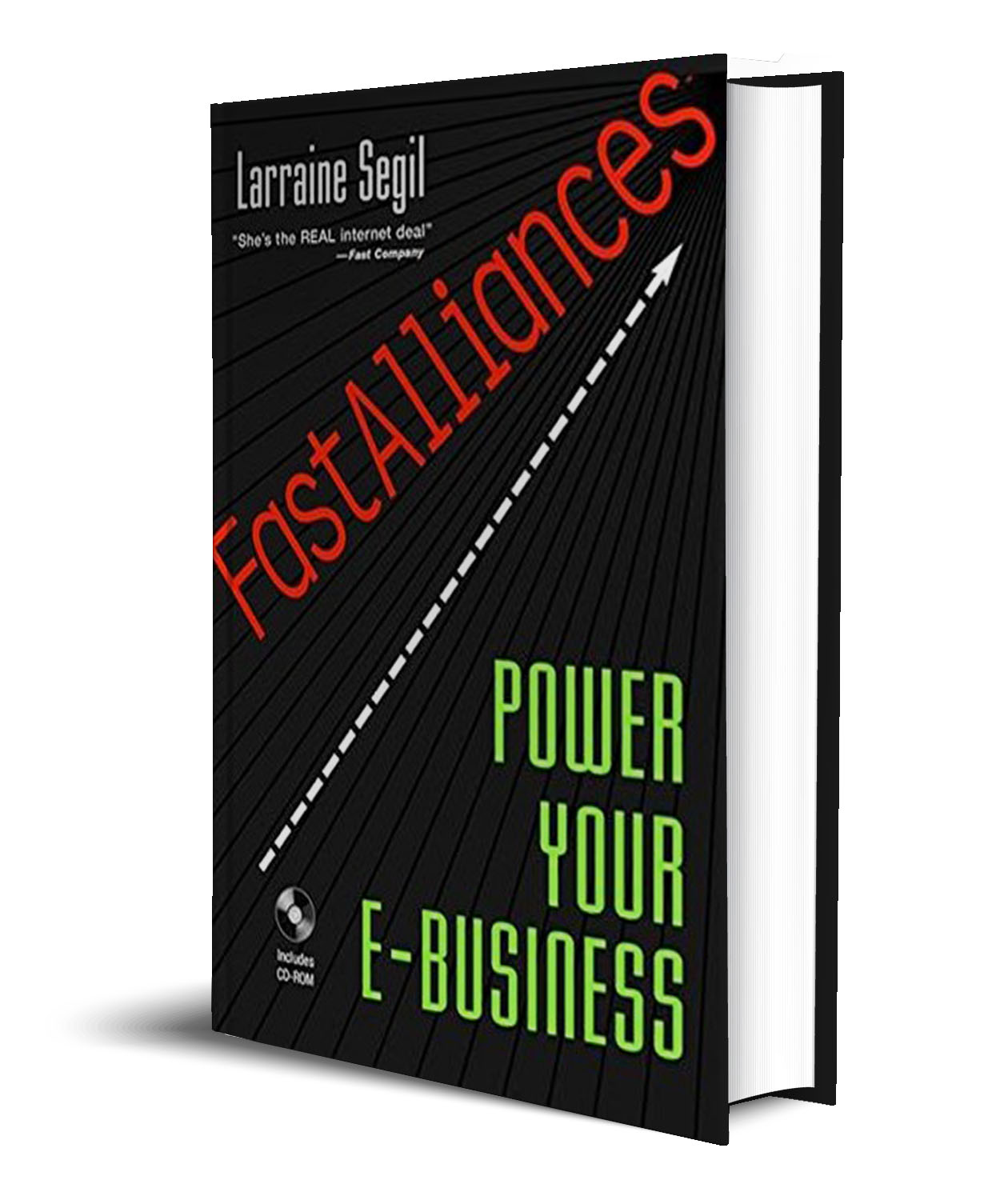
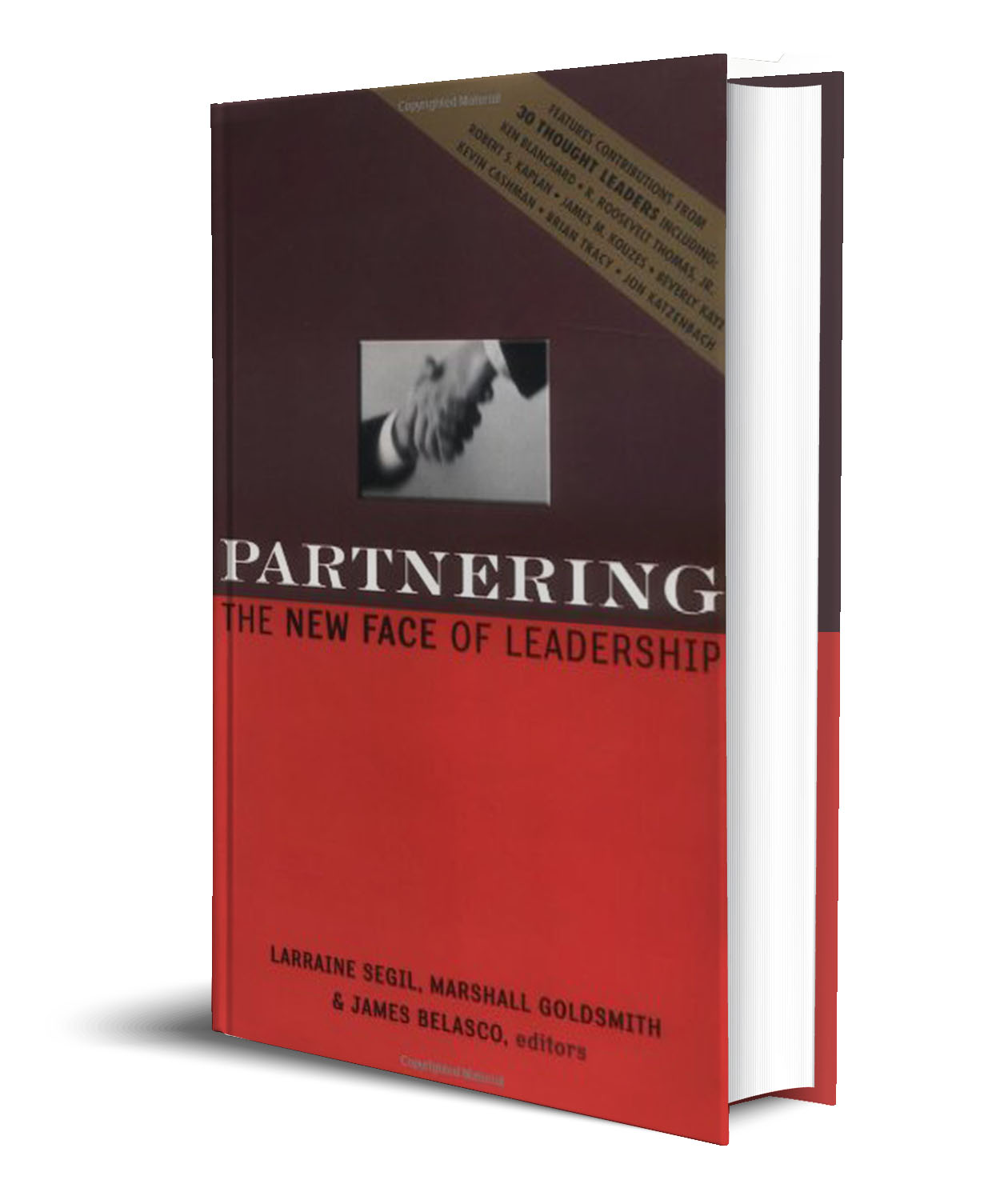
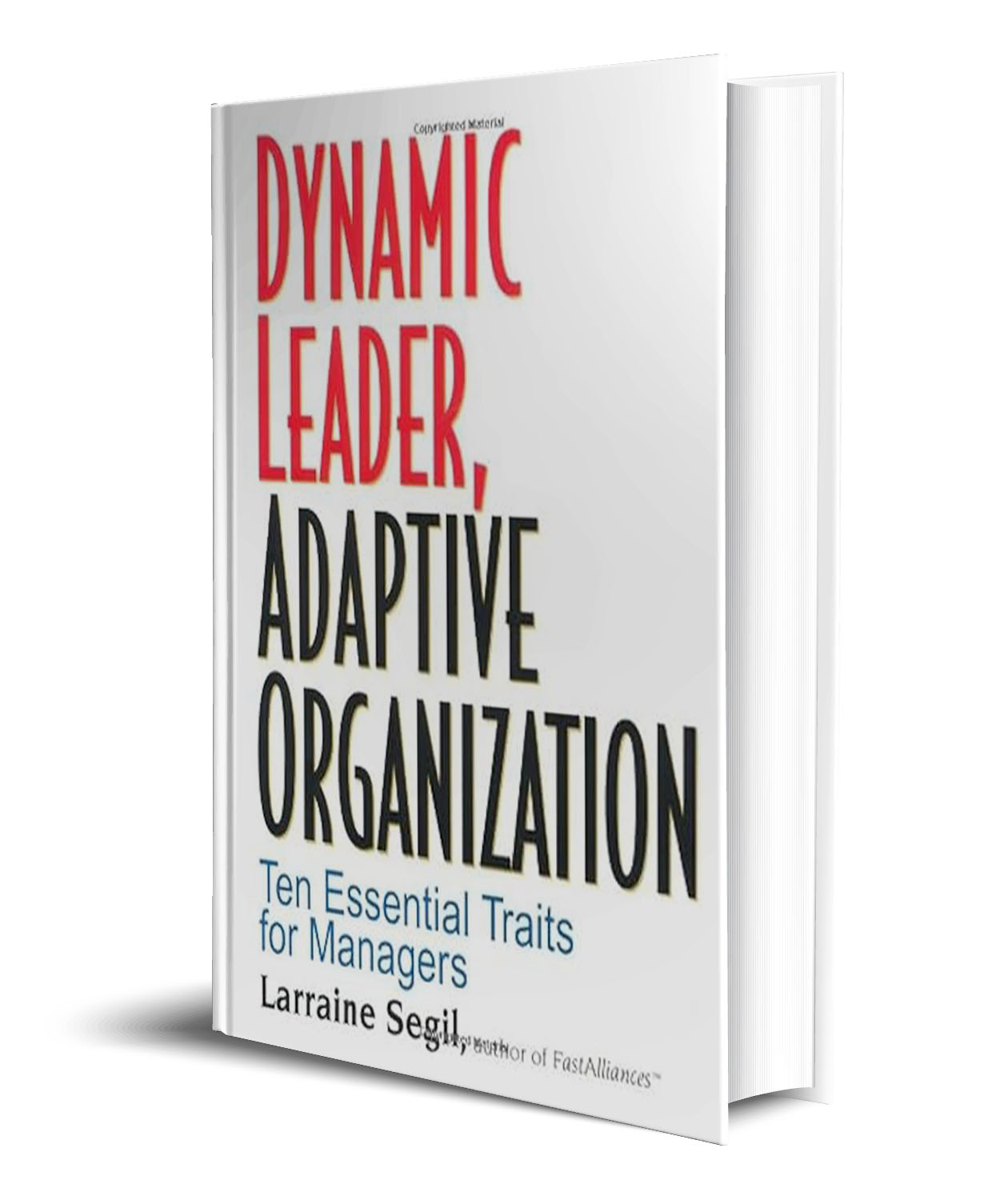
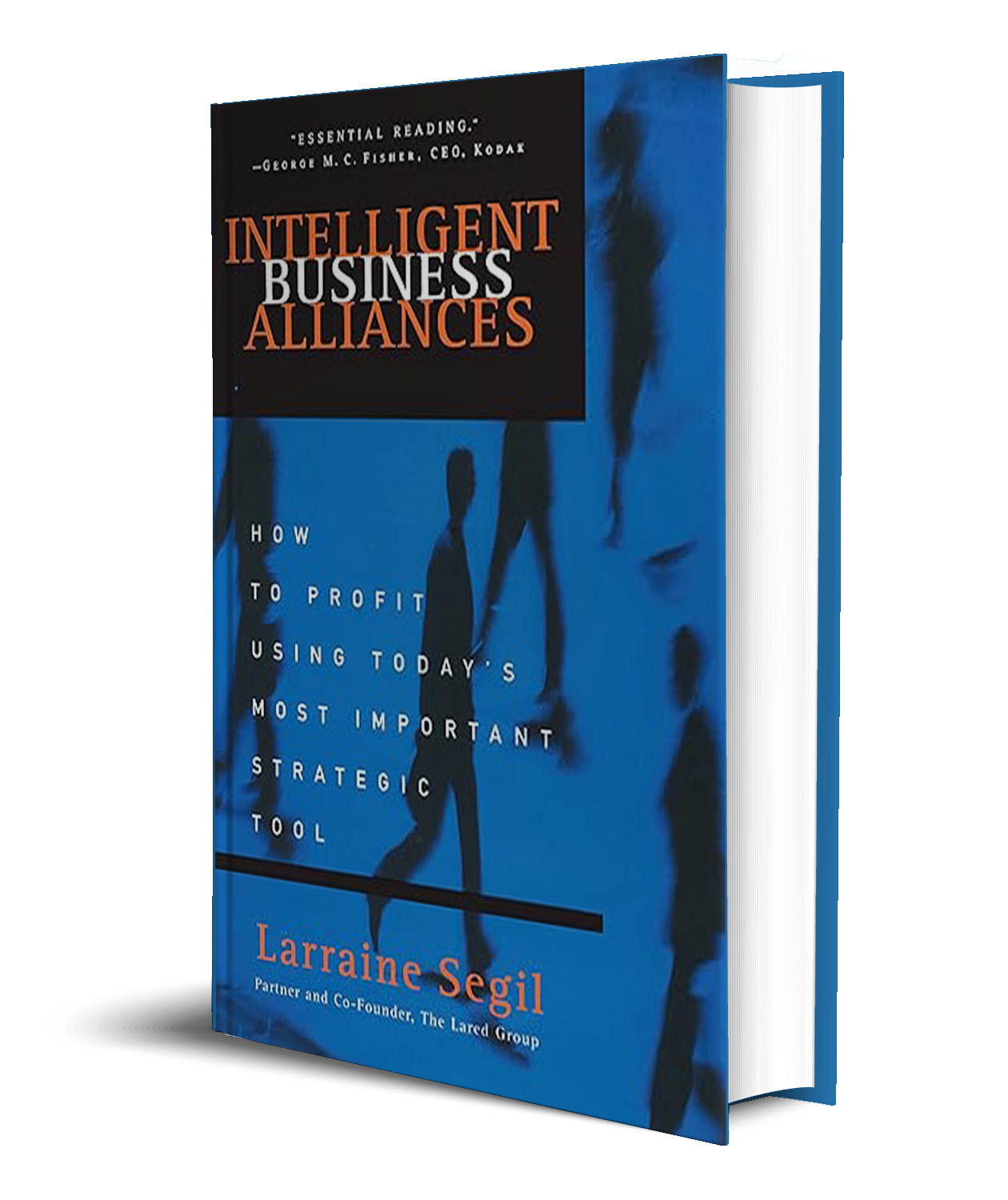
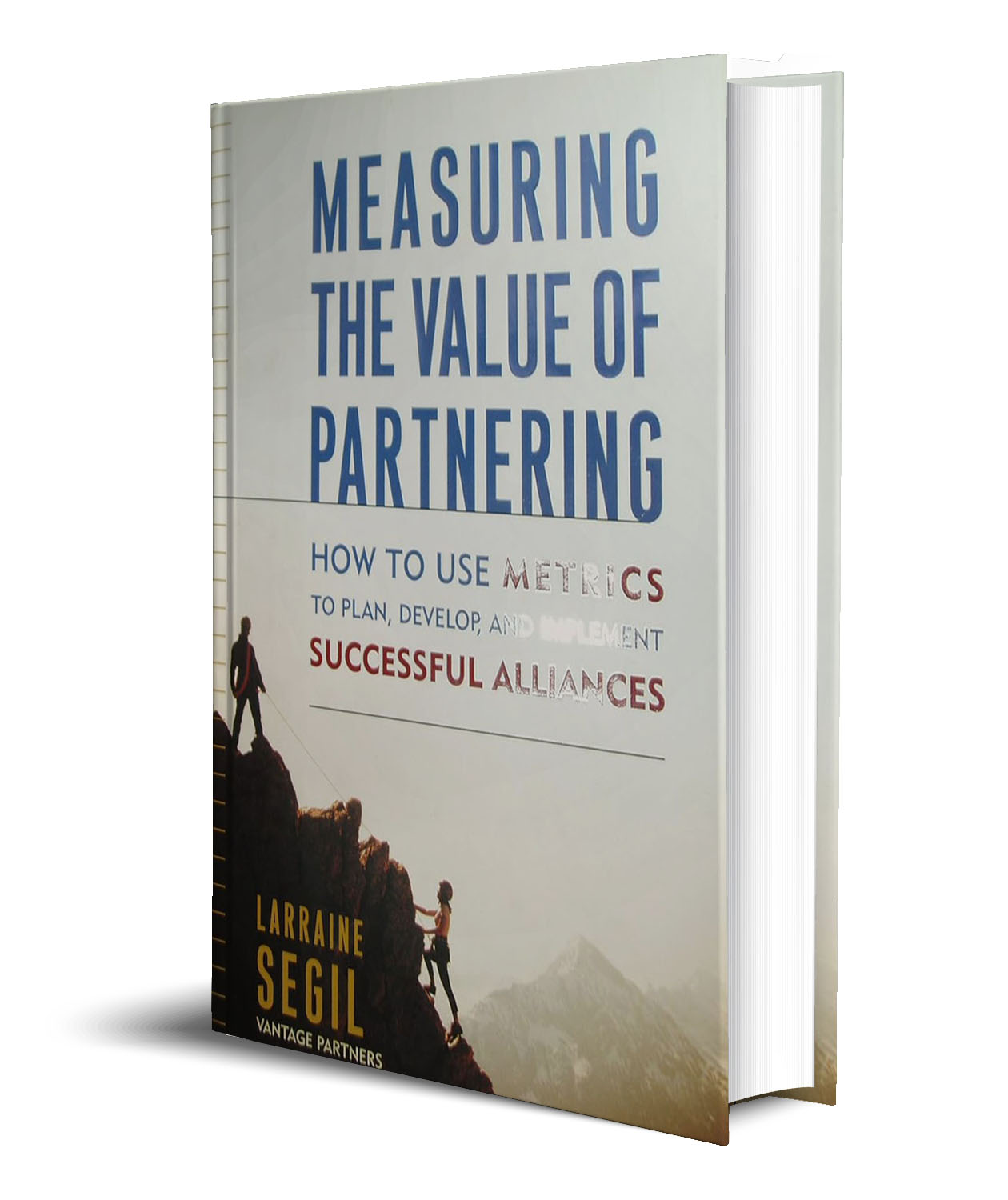
Leave a Reply
You must be logged in to post a comment.